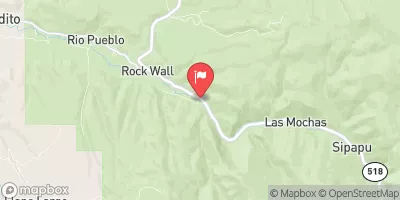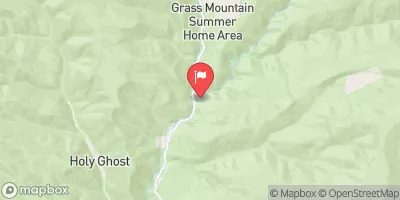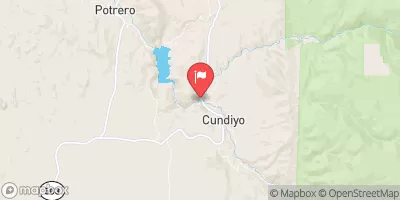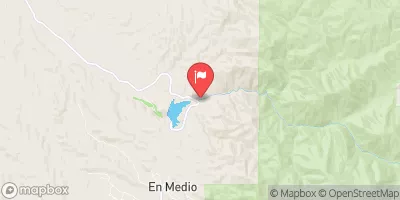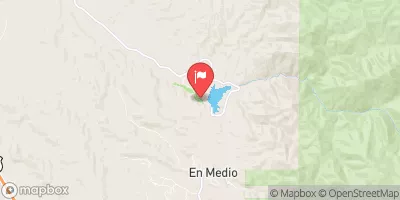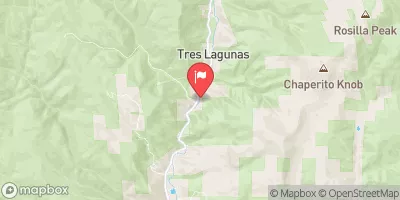Summary
The area is home to several species of fish, including rainbow trout, brown trout, and cutthroat trout. The best time to visit Trampas Lakes Fishing is from June to September when the temperatures are milder, averaging around 70 degrees Fahrenheit.
For those looking to spend more than just a day fishing, there are several nearby activities to enjoy, including hiking, camping, and bird watching. Fishing tips include using dry flies for best results, especially during the early morning and late afternoon. Spinners and soft plastics can also be effective.
The Trampas Lakes Fishing area is located within the Carson National Forest, and visitors can enjoy the incredible scenery and wildlife in the surrounding area. To access the fishing area, visitors must hike about two miles from the trailhead.
Overall, Trampas Lakes Fishing is an excellent destination for those looking to escape the hustle and bustle of everyday life and enjoy a peaceful and rewarding fishing experience.
Weather Forecast
Nearby Streamflow Levels
Angling Safety Guidelines
Check local fishing rules, seasons, size limits, and license requirements to ensure legal and sustainable angling.
Handle Fish Responsibly
Use wet hands, minimize air exposure, and release fish gently to improve survival rates when practicing catch-and-release.
Choose the Right Gear
Match your rod, line, and tackle to the species and conditions to increase success and reduce unnecessary harm to fish.
Respect the Waterway
Avoid disturbing habitat, prevent bank erosion, and keep a safe distance from spawning areas to protect ecosystems.
Keep It Clean
Pack out all line, hooks, bait containers, and trash—discarded gear can injure wildlife and degrade waterways.
Related Links
Area Campgrounds
| Location | Reservations | Toilets |
|---|---|---|
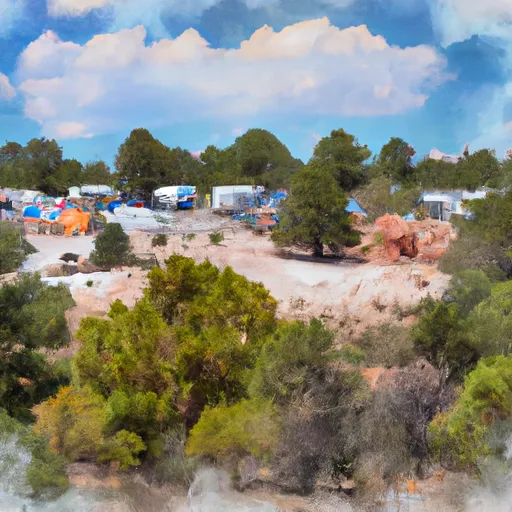 Trampas Campground
Trampas Campground
|
||
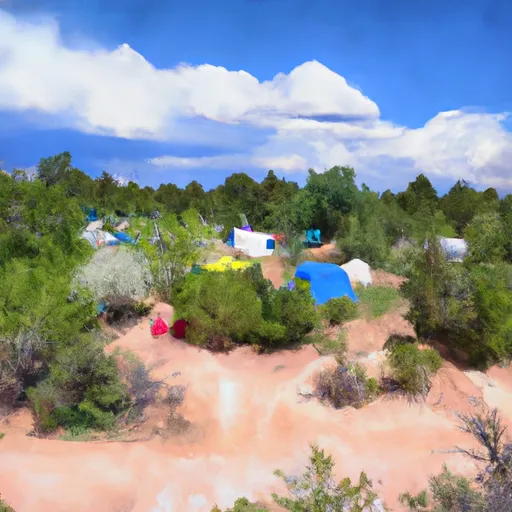 Trampas Medio Campground
Trampas Medio Campground
|
||
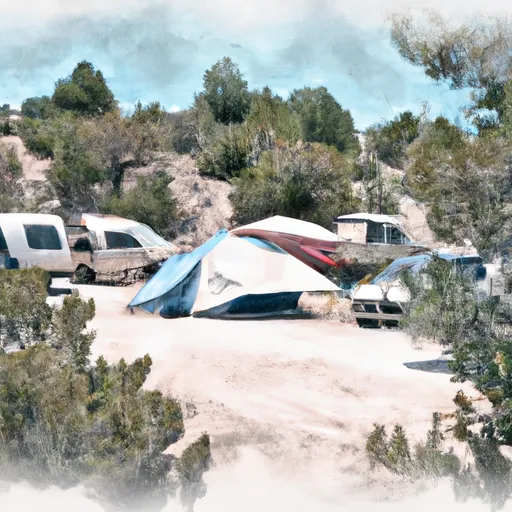 Trampas Diamante Campground
Trampas Diamante Campground
|
||
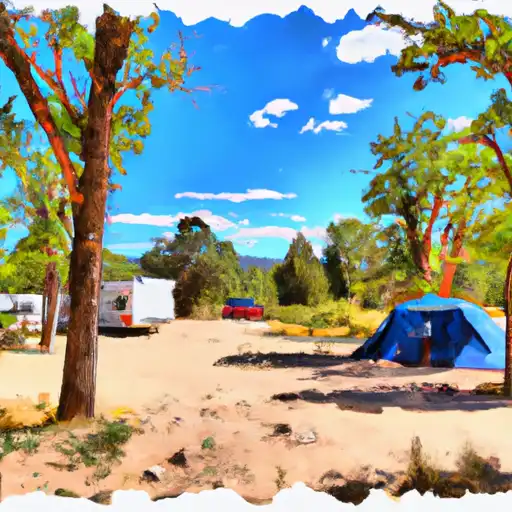 Santa Barbara
Santa Barbara
|
||
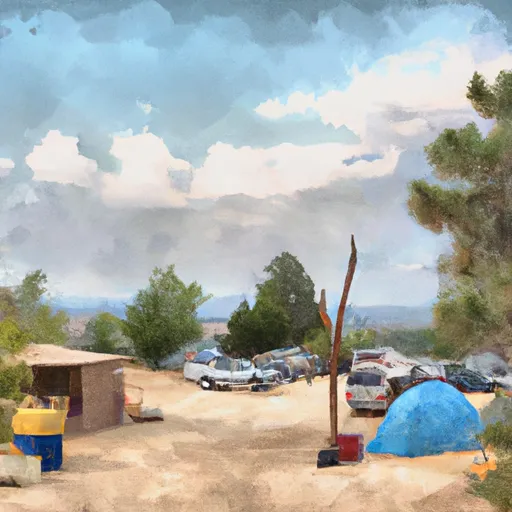 Santa Barbara Campground
Santa Barbara Campground
|
||
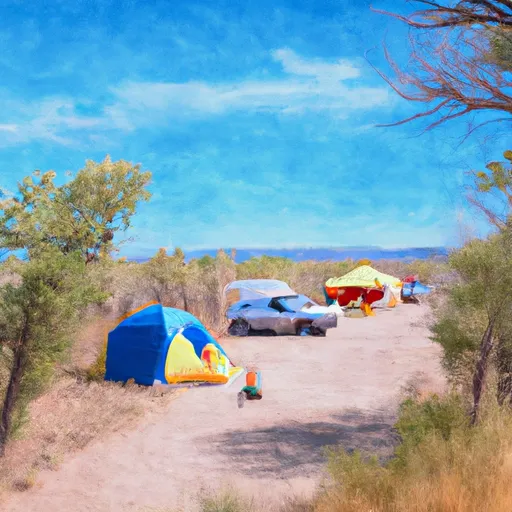 Borrego Mesa Campground
Borrego Mesa Campground
|

